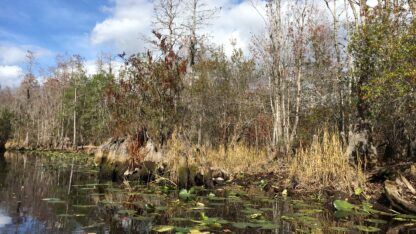Eddie Owens Martin was living as a hustler in New York when he received his first vision.
“[Martin] was really ill and this large man – he described him as being about 8 foot with, and I think he used the words, ‘arms the size of watermelons’ … He described this being coming to him and saying ‘you need to get on the right path and follow me or this will be the end of the road for you,’” Columbus State University professor Michael McFalls said.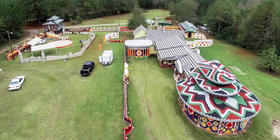
That being was the first of the Pasaquans, giant people from the future who wore ornate outfits, to visit Martin, who later became known as the colorful ‘St. EOM.’ After Martin’s mother died, he returned home to Georgia – “the middle of nowhere” as McFalls describes it – to transform her 19-century farmhouse into a “pre-Columbian psychedelic wonderland” known as Pasaquan. The work continued and expanded for 30 years and eventually covered over four acres of land with colorful painted concrete, totems and ornate structures.
While the area has been closed to the public for extensive restorations, CSU, which now own the property, and the Kohler foundation, which has funded the restoration after having the property transferred to them by the Pasaquan Preservation Society, are opening the area for tours for a small group of visitors this Saturday in Buena Vista, Georgia.
The event is part of Atlas Obscura’s fifth Obscura Day, which is a global day of events celebrating the world’s curious places. The organization is hosting 160 events in 26 countries, and encourages participants to take pictures and share their adventures with the hashtag #ObscuraDay.
“It’s a chance to get people off the computer and actually exploring the places we feature on our website,” Atlas Obscura’s Director of Events Megan Roberts said. “This is an opportunity for us to curate a museum without walls, so we’re shining a spotlight on these locations around the world to let locals see the hidden wonders of their towns.”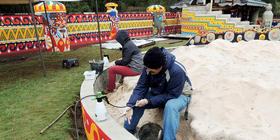
Roberts said that Atlas Obscura was especially interested in Pasaquan due to the large project working to restore the compound.
“I think that it just felt like really good timing to try to bring some attention to [Pasaquan’s restoration],” she said. “It’s of course got this incredibly unusual story behind it and it really is such a unique site. With this massive project going on with the Kohler Foundation to take care of the site, it felt like a good time to bring people in to hear both the history and also about the current undertaking … it’s just got a really unique story to tell in addition to being visually compelling.”
McFalls, who is also the Director of Pasaquan for CSU, said some of the contractors in charge of restoring will be out during the event to show visitors the process of restoring the art. He will be giving tours at 11 and 11:30 a.m. exploring the space and the history of Eddie Owens Martin.
And Martin’s history is an interesting one – filled with local legends and his own self-made folk lore. According to Martin himself he was “born on the Fourth of July at the strike of midnight in Glen Atla, Georgia.” After running away to New York, having multiple visions and eventually returning to Georgia, Martin settled back in his homestead and began to work on creating his legacy – a place where, in his words, “the past and the present and the future all came together.”
“It was his own little utopia,” McFall said. “He was a guru with no followers … It’s hard to separate him from the place. And when you go around town talking to people, there are all these crazy myths surrounding him.”
One of those myths involved Martin’s mysterious gift with cats.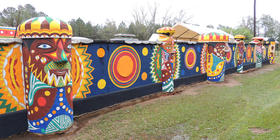
“[Townspeople said] he could wrangle cats,” McFall explained. “He had all these cats. And when he would go into town he’d drive this station wagon. When he’d open the door all the cats would jump in and ride with him. When he’d get to the hardware store to buy paints, all the cats would run out and scatter around town. When he’d be done, he’d just do this chant by his car and all the cats would come back back, jump into the car and he’d drive off. There are so many crazy stories like that.”
Once the restoration of Pasaquan is completed, McFalls said CSU hopes to use the site as a major interdisciplinary educational opportunity – with different student groups working at the site in everything from creating oral histories to learning about art preservation to putting on theatrical works. For excited visitors who miss this limited event, Pasquan’s doors will be open to the public starting on Oct. 22 for a small admission fee.
Outside of the Pasaquan expedition, Roberts said that Atlas Obscura hopes to eventually do more adventures centered around Atlanta. The organization currently has Obscura Society chapters in cities including Chicago and San Francisco, and are interested in starting one in Atlanta beginning in 2017.

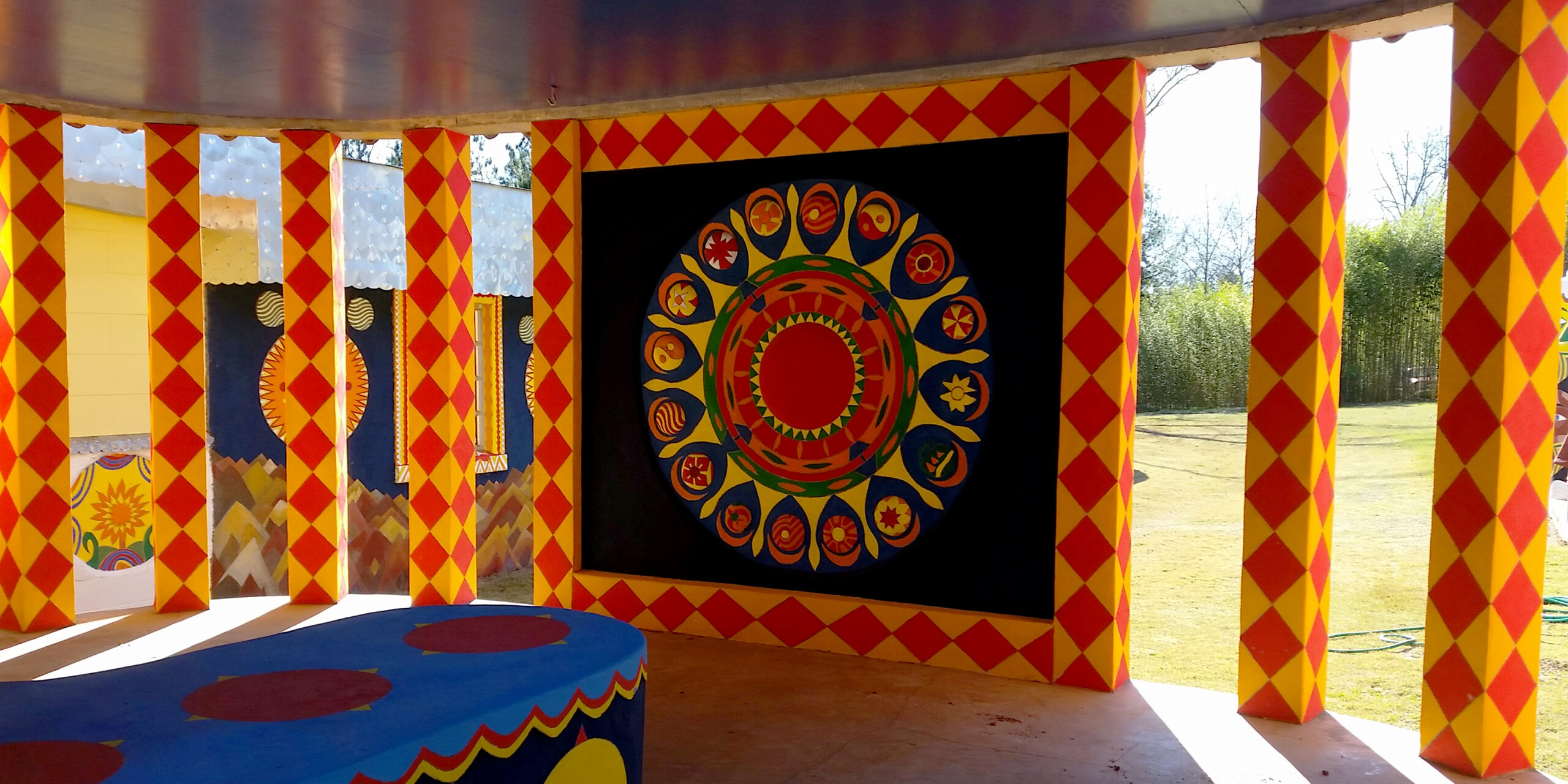


9(MDAxODM0MDY4MDEyMTY4NDA3MzI3YjkzMw004))

